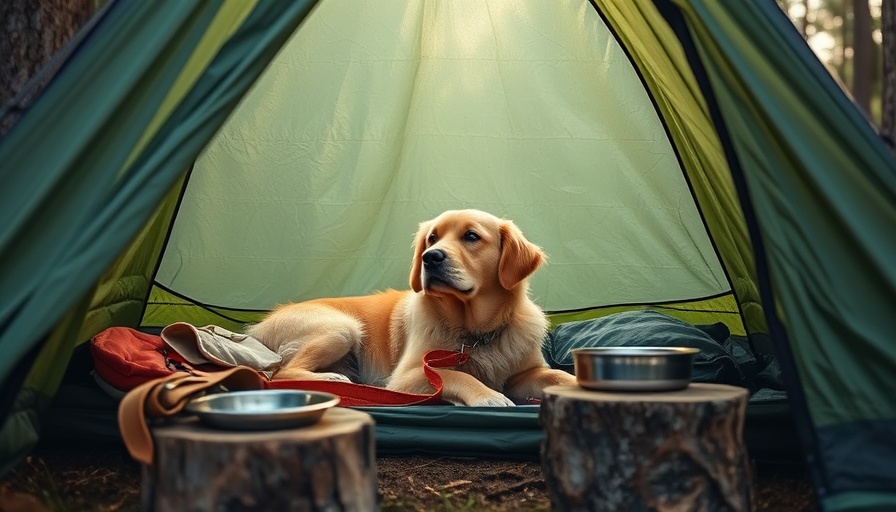
Unlock the Joy of Capturing Stunning Dog Photos
Photography has evolved to become a beloved hobby for many, especially among pet owners looking to capture the charm and character of their canine companions. But for many, snapping the perfect picture of their dog can feel like an elusive task. However, with the right techniques and tools, achieving stunning dog photography is not only possible—it's enjoyable.
Choosing the Right Equipment for Dog Photography
The journey to great dog photos starts with proper equipment. If you’re an amateur, a modern smartphone can be your best ally. Devices like the latest iPhone or Samsung Galaxy model have excellent camera functionalities that can rival entry-level DSLRs.
For those looking to invest more seriously in photography, bring on the big guns: mid-range to professional DSLRs or mirrorless cameras. Cameras such as the Sony A7 III, Canon EOS R6, and Nikon Z6 II are not only user-friendly but also come with fast autofocus systems essential for capturing fleeting moments of canine activity—whether that's a leap through the air or a playful roll in the grass.
Essential Lenses to Capture the Essence of Your Dog
Just as important as your camera body is the lens. A versatile zoom lens like the 24-70mm f/2.8 can adapt to various shooting situations, making it the ideal choice for both candid shots and posed portraits. For those breathtaking close-ups that showcase your dog’s unique personality, consider investing in a prime lens with wide apertures (f/1.8 or wider). These lenses create a stunning bokeh effect, isolating your subject beautifully from the background.
Meanwhile, if action shots are your target, a telephoto lens in the 70-200mm range allows you to capture your dog’s playful moments from afar, all while maintaining a natural composition that doesn’t intrude on their spontaneity.
The Power of Props and Accessories
Don’t underestimate how props can elevate your photos. Whether it’s treats to keep your furry friend attentive or toys to showcase their playful nature, props play a vital role in your photo sessions. High-value treats, such as small chicken pieces or cheese, can be the perfect bait for those serious portraits. Lightweight squeaky toys can elicit delightful reactions, creating memorable captures that you’ll cherish for years.
Additionally, consider using reflectors to manage outdoor lighting. Simple tools like white foam boards can work wonders, enhancing light and minimizing shadows, which is crucial in bright sunny conditions.
Tips to Improve Your Dog Photography Skills
Beyond the equipment and props, understanding your subject is crucial. Pay attention to your dog's behavior; capturing a happy dog at play or during a calm moment can tell beautiful stories through your photos. Timing is everything, and knowing when your dog is most animated or relaxed can help you anticipate the perfect shot.
Don’t forget the importance of angles. Experiment with different perspectives, whether you shoot at your dog’s level or above them. Mixing up your viewpoints can result in more dynamic, engaging images—one shot might show your dog’s adorable face up close, while another captures their playful antics from a distance.
Common Misconceptions About Dog Photography
A common myth is that you need professional-grade equipment and years of experience to take great dog photos. In reality, great photographs come from understanding basic techniques, readiness, and creativity. With practice, patience, and the right mindset, any pet owner can become a talented dog photographer.
Final Thoughts on Capturing Your Canine’s Spirit
Dog photography is not just about technical skills; it’s a way to celebrate the bond you share with your pet. By applying these tips and investing in quality equipment, you can elevate your photography game, creating timeless memories of your furry friends.
Take Action Today! Start experimenting with these techniques and make lasting memories with your beloved pet through photography. Who knows? You may even discover a new passion.
 Add Row
Add Row  Add
Add 




 Add Row
Add Row  Add
Add 

Write A Comment